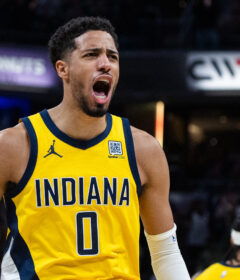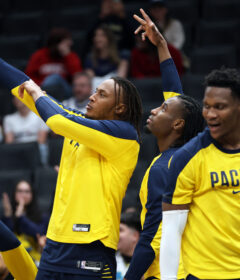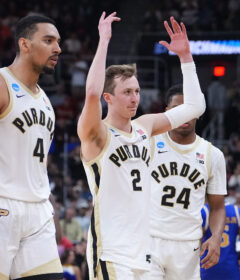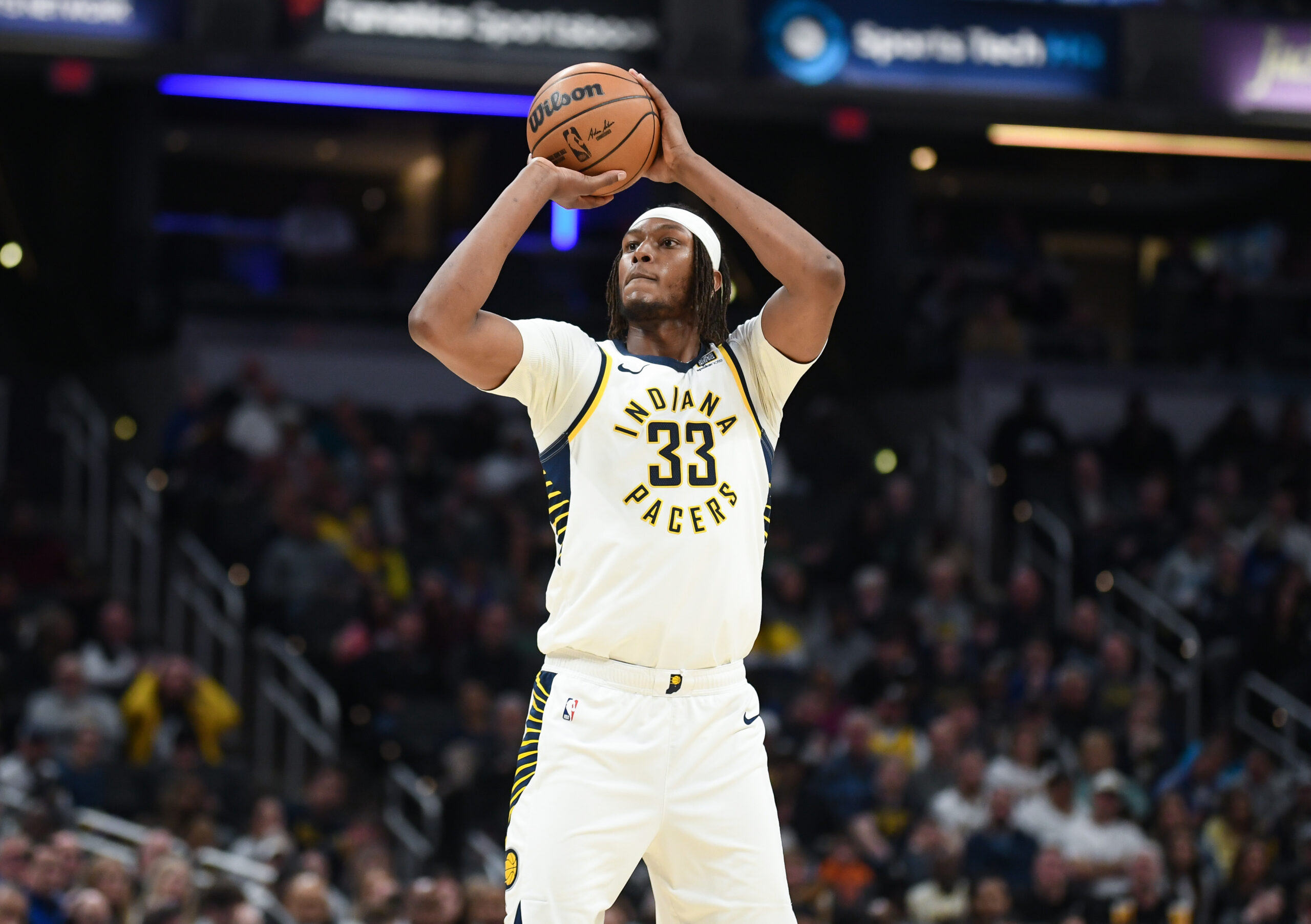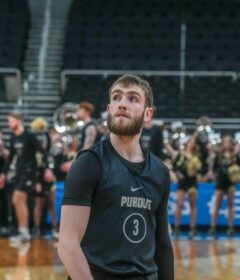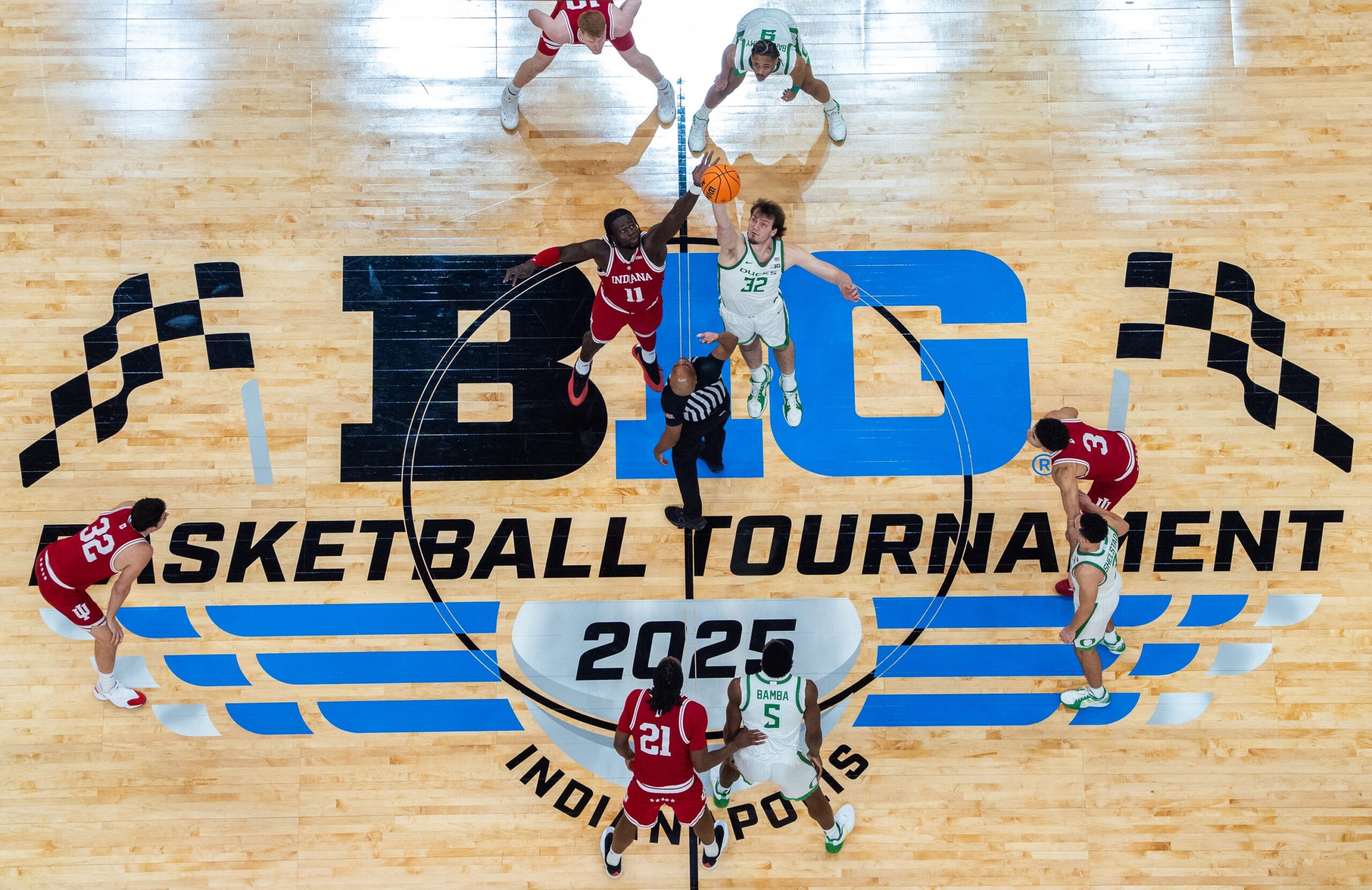Loss of Jones dampens Butler’s forecast
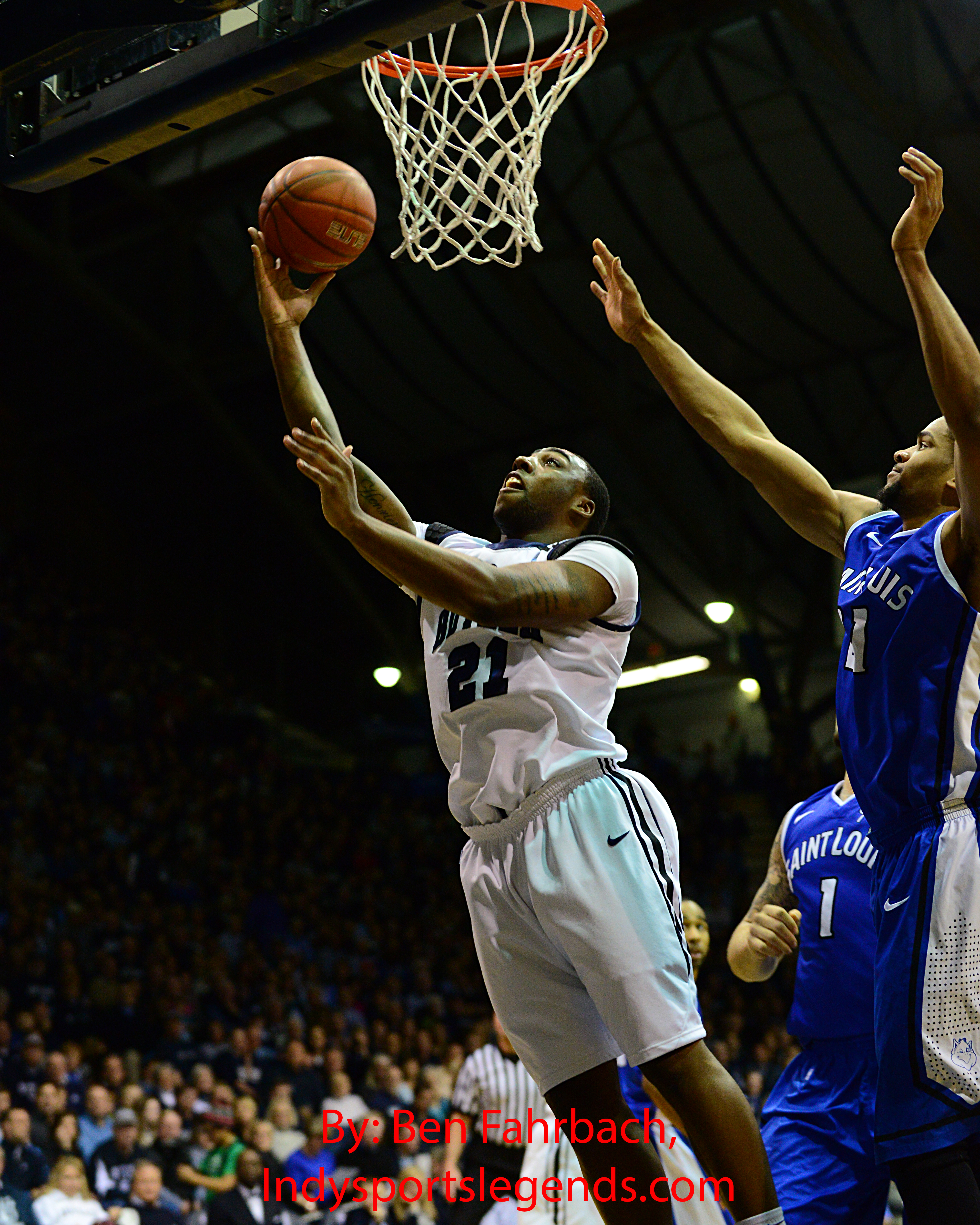
By CHRIS GOFF
ISL Correspondent
The ongoing saga of Butler’s offseason took another twist yesterday, when the Bulldogs announced that Roosevelt Jones would undergo surgery on his left wrist and miss the entirety of the upcoming season. This was unexpected given that a week ago the team announced Jones might return before the end of the Australia trip, and that Jones proclaimed himself fine on Twitter after his hard fall earlier this month.
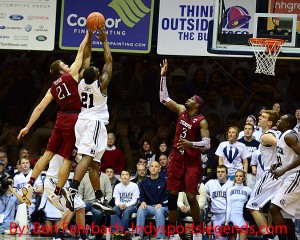
This injury has two serious impacts. First, on the personal front, it keeps Jones in college another six semesters. He had been set to exhaust his eligibility in the spring of 2015, but with a redshirt Jones will suddenly be playing games for the Bulldogs in the 2015-16 season (Jones’ recovery should be complete by next fall, giving him two more full seasons in the program).
Second, and perhaps more importantly, it forces us to rethink Butler’s immediate ceiling. Though the Bulldogs already faced the challenge of replacing Andrew Smith and Rotnei Clarke, there was always the thought in the back of our minds that a Jones-Dunham-Marshall trio paired with a Kameron Woods breakout could be a real threat come March Madness.
Now? It’s just not as promising a scenario. The Dunham-Marshall-Woods squad has a nice nucleus, and it’s possible one of Butler’s young guards will add to it with solid production. But I think we can scratch one team off our list of potential Big East champions. It’s harder for the Bulldogs to make the NCAA tournament – let alone challenge Georgetown or Creighton in the new league – if Jones isn’t there.
There is one positive that’s gone under the radar. While they won’t have Jones’ actual presence on the court, they still have the influence of his being around Woods, a likely recipient of those minutes. Woods came on in March and averaged 9.8 points and 6.4 rebounds in five wins that month, providing a good indication that he’ll be ready to deliver as a junior.
In every respect but one, the difference between Woods and Jones is less than you might think. Woods averaged 7.9 points and 8.6 boards per 30 minutes last season, and shot 54.7 percent; for Jones those numbers were 9.5 and 5.5, and he shot 48.5 percent. Additionally, Woods draws plenty of fouls, earning a similar rate of trips to the line as Jones, while converting those free throws at a much higher percentage. On defense, both Jones and Woods are well above average and versatile.
The major difference between the two is with ballhandling. Jones is the best passer on the team, of course, often running possessions as a point forward last season. Woods is unselfish and sees the floor, but is not a natural small forward. Woods also averaged a turnover every 4.3 possessions used, making it tough for him to put it on the floor in a perimeter role.
Assist rates tell a similar story. Jones was tenth in the Atlantic 10 in assist rate, while Woods was third from last among Butler regulars.
On a team with uncertainty at point guard, the drop-off in dribbling and distribution is a big deal. If the reshuffling of Jones’ 31 minutes becomes something like 20 minutes of Woods and 11 of Kellen Dunham, then we’re talking about a totally different offensive attack from the Bulldogs with a healthy Jones and the Bulldogs now.
Jones’ spirit lives on in the sense of Butler’s defense and toughness, but there are few substitutes for an experienced, do-it-all performer. Woods will do his best to make up the difference and it may help Butler squeeze out a winning season, perhaps even a low seed in the Big Dance – but it’s a bummer to see that’s the rosiest possible outlook, no pun intended, for a team that’s excelled in the past half-decade.

